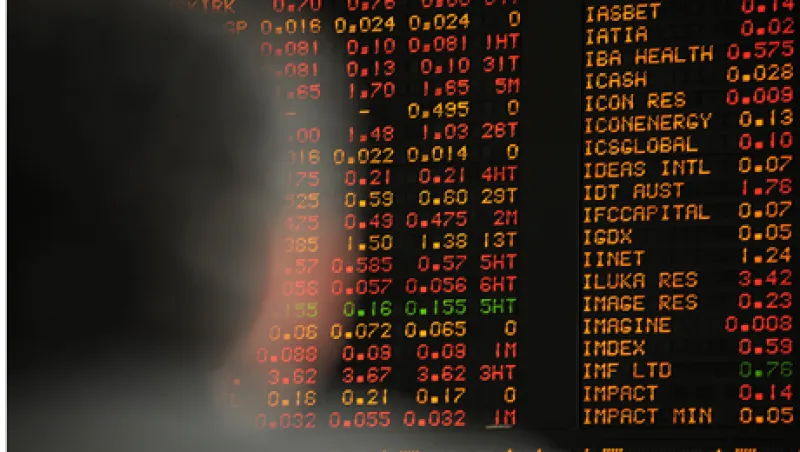Where’s the hedging? You can’t blame disenchanted investors who drank the hedge fund Kool-Aid asking this question after seeing their funds down by double-digit rates through September, especially those who suffered through similar setbacks in 2008.
With data flowing in now, it is apparent that a large number of hedge funds are in the red this year and several dozen are down by double-digit rates. They include many well-known names that run billions of dollars.
Experts say many of these funds could face sizable redemptions. After all, in the next 30 to 60 days, these requests must be submitted to most hedge funds for year-end.
Investors also think this woeful performance will lead to a shakeout just as many experts have been proclaiming the resurgence in the asset class. A number of funds will no doubt choose to shut down altogether by year-end, figuring they don’t want to work for free for a year or two before they get back to the high water mark.
In fact, Ken Griffin’s decision not to shut down Kensington and Wellington after they lost more than 50 percent in 2008 surprised many people in the hedge fund business.
So, who are the biggest losers so far this year?
Of course, the most visible big loser this year is John Paulson. For example, through September 27, Paulson Advantage Fund was down 6 percent for the month and more than 28 percent for the year, while Paulson Advantage Plus, which takes on additional leverage, is presumably down even more.
Paulson International Fund was down 5.38 percent for the month, although it was “only” off 9.47 percent for the year.
Through September 28, Templeton Emerging Market Fund, headed by legendary emerging markets manager Mark Mobius lost about 20 percent for the month, and after just three trading days in October was down 22.70 percent for the full year.
Meanwhile, Lee Ainslie’s Maverick fund lost nearly 8 percent in September alone, and is down nearly 17 percent for the year through September 30. “I don’t understand this,” says a hedge fund investor who does not have money with Maverick but has looked at it in the past. “Ainslie runs a tight ship. He has a lot of portfolio managers.” Ainslie is one among dozens of Tiger Cubs, former employees of Tiger Management founder Julian Robertson.
Paul Ruddock’s Lansdowne Capital is also struggling. Through September 30 his $8 billion Lansdowne UK Equity fund is down more than 15 percent while Lansdowne Global Financials Fund is off 19.13 percent. Ruddock co-founded London-based Lansdowne Partners in 1998. He worked at Goldman Sachs & Co. from 1980 to 1984 and at Schroder & Co. from 1984 to 1998.
Leon Cooperman’s Omega Fund also took a big beating in September, dropping 7.58 percent for the month alone and 12.36 percent for the year.
Bill Ackman’s Pershing Square dropped 5.70 percent in September and is off nearly 16 percent for the year.
Among lesser known funds, The Altis Fund was down more than 10 percent for the month and nearly 30 percent for the year. The firm, which had $1.48 billion under management at the end of May, was founded in 2001 with just $1.2 million in assets by Alex Brunwin, Natasha Reeve-Gray, Stephen Hedgecock and Zbigniew Hermaszewski.
The MLM Macro Peak Partners fund was down 6.68 percent in September, bringing its full-year loss to more than 30 percent. The $1.2 billion fund is managed by Mount Lucas Management, which at the beginning of the year ran $ 1.9 billion for institutions and high net worth individuals. The macro fund combines quantitative and discretionary trading techniques.
The Lyxor/Island Drive Offshore Fund is down 10.16 percent this year after losing 25.65 percent and 29.32 percent in 2010 and 2009, respectively.
Meanwhile, Bloomberg reported that currency specialist Covepoint Capital Advisors, headed by Melissa Ko, lost an astounding 38 percent in September in its Covepoint Emerging Markets Macro fund, pushing it down roughly 25 percent for the year. The fund reportedly bet 84 percent of its assets in currencies, one-fifth of which was invested in Mexico.







